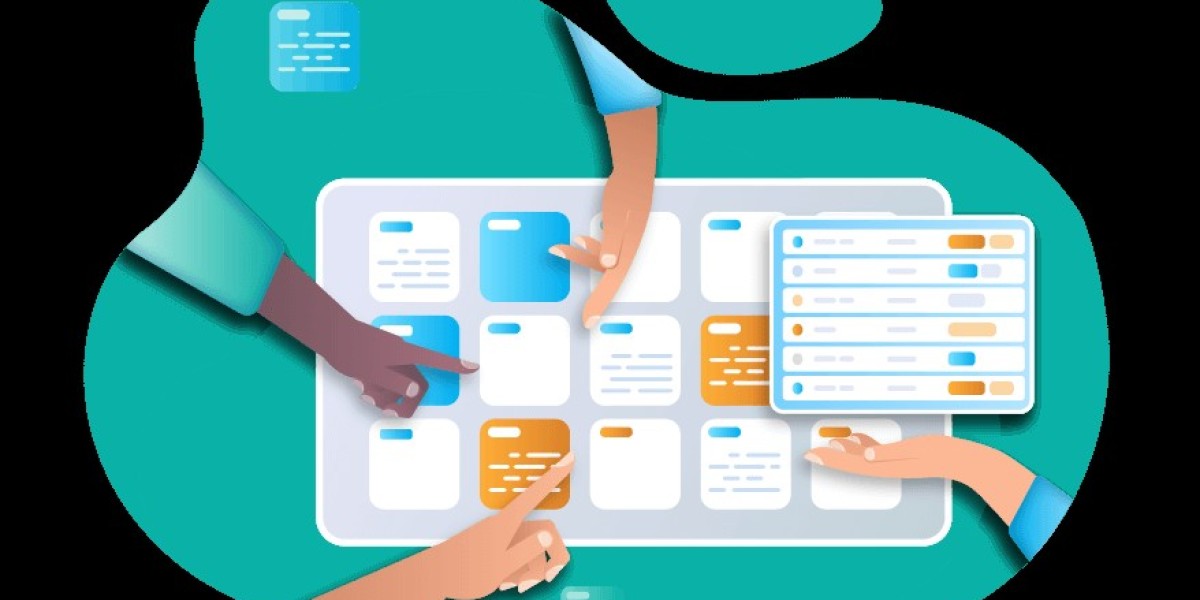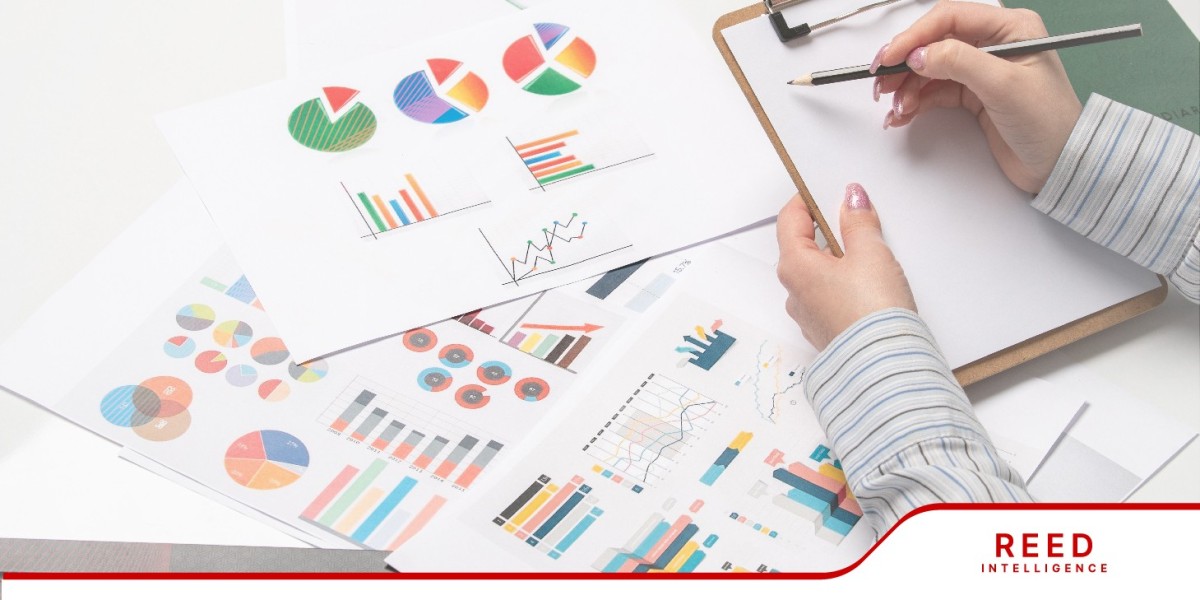In the dynamic world of project management, teams constantly seek tools and methods that can streamline their processes, enhance communication, and improve overall efficiency. One of the most popular tools to emerge in recent years is the Kanban board, a visual workflow management system that helps teams manage their work effectively by visualizing tasks, tracking progress, and limiting work in progress (WIP). Originally developed in the manufacturing sector by Toyota in the 1940s, the Kanban system has evolved into a versatile tool for modern project management across various industries.
In this article, we will explore the benefits of using Kanban boards in project management, the principles behind the Kanban methodology, and how teams can implement this tool to improve project outcomes. With a growing focus on Agile and Lean methodologies, Kanban boards have become an essential part of many project management practices, including what is scrum project management, and understanding their advantages can significantly enhance team productivity.
What is a Kanban Board?
A Kanban board is a visual tool used to represent work items through various stages of a workflow. Typically divided into columns, the board tracks tasks as they move from the initial stage (such as "To Do") to completion (often labeled as "Done"). The primary purpose of the board is to provide a clear overview of tasks, allowing teams to see what needs to be done, what is in progress, and what has been completed at a glance.
Basic Components of a Kanban Board
- Columns: Each column represents a stage in the workflow, such as "Backlog," "In Progress," and "Completed."
- Cards: Cards represent individual tasks or work items. These are moved across the board as the task progresses.
- Work In Progress (WIP) Limits: These are used to limit the number of tasks that can be in a particular column (stage) at any given time. This helps prevent bottlenecks and ensures that the team focuses on completing tasks before starting new ones.
- Swimlanes: Some Kanban boards use swimlanes to categorize tasks based on priority, type of work, or assigned team members.
The Principles Behind Kanban
Kanban is built upon four key principles that guide its use in project management:
- Start with What You Do Now: Kanban doesn’t require teams to overhaul their existing processes. Instead, it encourages them to start with their current workflow and make gradual improvements over time.
- Agree to Pursue Incremental Change: Rather than making radical changes, Kanban encourages teams to make small, continuous improvements to optimize their workflow.
- Respect the Current Roles and Responsibilities: Kanban does not require role changes within a team. It allows teams to keep their current structure while focusing on process optimization.
- Encourage Leadership at All Levels: Kanban recognizes that leadership and decision-making can come from all team members, not just from managers or executives. This encourages collaboration and ownership.
The Benefits of Using Kanban Boards in Project Management
Using Kanban boards for project management can bring about a host of benefits that improve workflow, enhance communication, and help teams deliver projects on time. Below are the key advantages of incorporating Kanban boards into your project management practices.
1. Improved Workflow Visualization
One of the biggest strengths of a Kanban board is its ability to visualize workflows. Teams can see the entire project at a glance, from the tasks that need to be started to those that are nearing completion. This transparency enables everyone to understand the current status of the project and identify where bottlenecks may occur.
- Real-Time Progress Updates: Teams can instantly see what tasks are being worked on, which ones are delayed, and how close the project is to completion.
- Enhanced Team Collaboration: Visualizing work items helps foster collaboration among team members, as everyone can see where they can contribute and how their work fits into the overall project.
2. Increased Efficiency and Productivity
Kanban boards help streamline workflows by identifying inefficiencies and reducing bottlenecks. With WIP limits in place, teams are encouraged to focus on completing current tasks before taking on new ones. This prevents multitasking, which can slow down progress, and promotes a more disciplined approach to task management.
- WIP Limits for Focused Work: By limiting the number of tasks in progress, teams can focus on completing tasks rather than juggling multiple items simultaneously.
- Faster Task Completion: The focus on finishing tasks quickly helps teams move through their workflow faster, increasing overall productivity.
3. Better Workload Distribution
Kanban boards allow project managers to distribute tasks more evenly among team members. When tasks are visible, it’s easy to see if someone is overburdened with work while others have spare capacity. This transparency facilitates a fairer distribution of work and prevents burnout.
- Balanced Workloads: Project managers can reassign tasks to ensure that no team member is overwhelmed, which can lead to a more productive and motivated team.
- Reduced Bottlenecks: When bottlenecks appear, they can be quickly addressed by reallocating resources to unblock the workflow.
4. Flexibility and Scalability
Kanban boards are highly flexible and can be adapted to any project, regardless of size or industry. Whether a team is managing a small project with a few tasks or a complex, large-scale project with hundreds of work items, Kanban boards can scale to meet the needs of the project.
- Adaptable for Any Workflow: From marketing campaigns to software development, Kanban boards can be customized to fit any project management process.
- Scalable for Large Teams: Larger teams can use more detailed boards with additional columns, swimlanes, or categories to manage complexity without losing track of tasks.
5. Improved Communication and Collaboration
Kanban boards foster open communication by providing everyone with a clear view of the project’s progress. Team members can easily collaborate by updating task statuses, leaving comments, and sharing information through the board.
- Real-Time Collaboration: Many online Kanban tools allow team members to work together in real time, making updates instantly visible to everyone involved.
- Centralized Communication: By having all task-related information in one place, teams reduce the need for lengthy status meetings or email chains.
6. Data-Driven Decision Making
Kanban boards provide valuable data on project performance. Metrics such as lead time (the time it takes to complete a task) and cycle time (the time a task spends in a particular stage) can be tracked and analyzed to identify areas for improvement.
- Performance Metrics: These metrics help teams assess their efficiency and pinpoint areas where workflow bottlenecks or delays are occurring.
- Continuous Improvement: By analyzing performance data, teams can make informed decisions to improve processes and optimize their workflow.
7. Encourages Continuous Improvement (Kaizen)
Kanban promotes the concept of continuous improvement, also known as Kaizen. Teams are encouraged to review their workflow regularly, identify areas for improvement, and make incremental changes. This approach fosters a culture of learning and optimization, where small, ongoing changes lead to significant long-term gains.
- Iterative Changes: Kanban encourages teams to make small, incremental improvements to their process, rather than waiting for large-scale overhauls.
- Learning from Metrics: Teams can use data from the Kanban board to track the impact of changes and further refine their workflow.
Implementing Kanban in Project Management
While Kanban is flexible and can be adapted to various workflows, implementing it effectively requires careful planning and commitment from the entire team. Here are steps to successfully integrate Kanban into your project management process:
Step 1: Identify Your Workflow
Start by mapping out your current workflow. Identify the key stages that tasks go through, from when they are first created to when they are completed. These stages will form the columns on your Kanban board.
Step 2: Set Work In Progress (WIP) Limits
Determine the appropriate WIP limits for each stage of your workflow. This will ensure that tasks are completed efficiently and that team members are not overwhelmed with too many tasks at once.
Step 3: Assign Tasks to Team Members
Distribute tasks among team members and assign responsibilities. Ensure that everyone understands their role in moving tasks through the board.
Step 4: Track Progress and Make Adjustments
Regularly review the Kanban board to track progress and identify any bottlenecks or delays. Use data from the board to make adjustments, redistribute work, or make improvements to the workflow.
Step 5: Foster a Culture of Continuous Improvement
Encourage the team to continuously assess the effectiveness of the workflow. Hold regular retrospectives to discuss improvements and implement small changes to optimize the process.
Conclusion
Kanban boards offer a wealth of benefits for project management teams, from improving workflow visualization to fostering collaboration and data-driven decision-making. By providing a clear, real-time view of the project, Kanban boards enable teams to manage their tasks more efficiently, distribute workloads fairly, and identify areas for improvement. Implementing a Kanban board is not only an effective way to streamline project management but also a powerful tool for fostering a culture of continuous improvement.
With growing interest in Agile methodologies like what is scrum project management, Kanban offers a versatile and scalable approach that complements these frameworks. Whether you are familiar with the familiar with the Certified Project Manager (CPM) certification. Kanban boards provide a valuable tool for enhancing project performance and delivering successful outcomes.
Frequently Asked Questions (FAQs)
1. What is the main purpose of a Kanban board?
A Kanban board is designed to visualize a team's workflow, track the progress of tasks, and help teams manage their work more effectively by limiting work in progress and identifying bottlenecks.
2. How does a Kanban board differ from Scrum?
While both Kanban and what is scrum project management are Agile methodologies, Kanban focuses on continuous flow and workflow optimization, whereas Scrum is structured around fixed-length sprints and predefined roles.
3. How can WIP limits improve project management efficiency?
Work In Progress (WIP) limits prevent teams from taking on too many tasks simultaneously, helping them focus on completing tasks rather than juggling multiple items. This leads to faster task completion and reduced bottlenecks.
4. Can Kanban boards be used in industries other than software development?
Yes, Kanban boards are versatile and can be adapted to a wide range of industries, including marketing, healthcare, manufacturing, and education. Any process that involves managing a flow of tasks can benefit from Kanban.
5. How do Kanban boards promote continuous improvement?
Kanban boards provide teams with data on performance metrics like lead time and cycle time. By regularly reviewing this data, teams can identify areas for improvement and make incremental changes to optimize their workflow.



